Market Share
Isopropyl Alcohol Market Share Analysis
Market share positioning strategies in the Isopropyl Alcohol (IPA) market play a crucial role in determining the success and sustainability of companies operating within it. Various factors such as product quality, pricing, distribution channels, and marketing efforts contribute to establishing a competitive position in the market. One common strategy employed by companies is differentiation, where they focus on offering unique features or benefits that set their IPA products apart from competitors. This could involve emphasizing purity levels, manufacturing processes, or catering to specific industry needs such as pharmaceutical or electronics manufacturing. By differentiating their products, companies can target niche markets and command premium prices, thereby increasing their market share.
Isopropyl alcohol chemical is including with multiple antimicrobial properties which are blended by 60% to 90% of chemical with 10% to 40% of water. This is perfectly purified and can work rapidly against several viruses, bacteria, and fungi.
Another important strategy is cost leadership, wherein companies aim to become the lowest-cost producer in the IPA market. This involves optimizing production processes, sourcing raw materials efficiently, and achieving economies of scale. By offering competitive prices, companies can attract price-sensitive customers and gain market share from competitors who cannot match their cost structure. However, maintaining cost leadership requires continuous improvement and innovation to stay ahead of competitors and adapt to changing market conditions.
Furthermore, companies may pursue a focused strategy by targeting specific market segments or geographic regions where they can achieve a dominant position. For example, a company might focus on supplying IPA to the healthcare industry or concentrate on expanding its presence in emerging markets with high demand growth. By focusing their resources and efforts, companies can establish a strong presence in their chosen segments and defend against competition more effectively.
Collaboration and strategic partnerships also play a significant role in market share positioning strategies within the IPA market. Companies may form alliances with suppliers, distributors, or even competitors to enhance their market reach, access new technologies, or streamline their supply chain. Strategic partnerships can enable companies to leverage each other's strengths and resources, ultimately increasing their competitiveness and market share.
Additionally, effective marketing and branding strategies are essential for companies looking to strengthen their market position in the IPA market. This includes building brand awareness, communicating product benefits, and establishing a positive reputation among customers and stakeholders. By investing in marketing activities such as advertising, promotions, and sponsorships, companies can influence consumer perceptions and preference for their IPA products over competitors'.
Continuous innovation and product development are also critical for maintaining a competitive edge in the IPA market. Companies need to stay abreast of technological advancements, regulatory changes, and evolving customer needs to develop new and improved products. Whether it's developing environmentally friendly formulations, enhancing product purity, or introducing convenient packaging options, innovation can help companies differentiate themselves and capture market share from rivals.
Lastly, effective distribution and sales strategies are crucial for ensuring market penetration and expanding customer reach. Companies must identify the most efficient distribution channels, whether it's through direct sales, wholesalers, or online platforms, to ensure their IPA products are readily available to customers. Moreover, providing excellent customer service and building strong relationships with distributors can enhance brand loyalty and drive repeat purchases, further solidifying a company's market position.

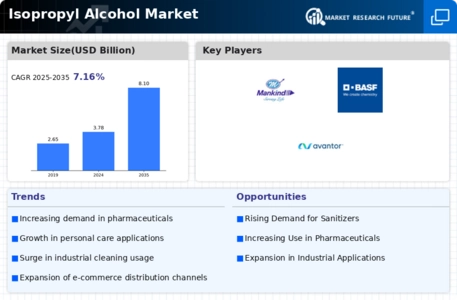
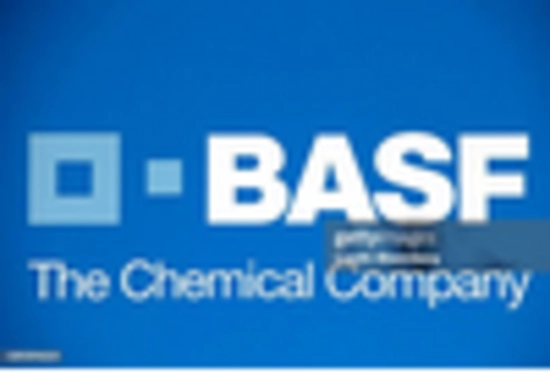
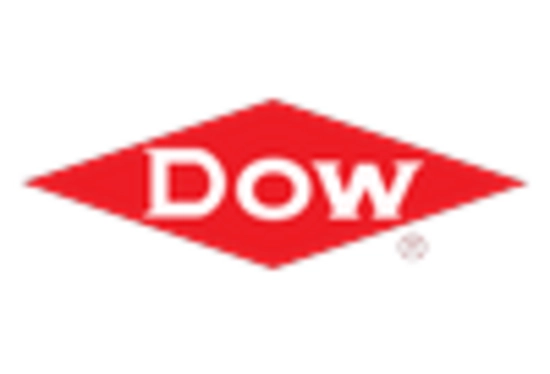
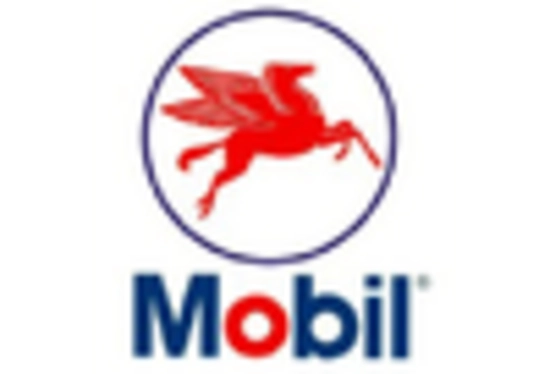
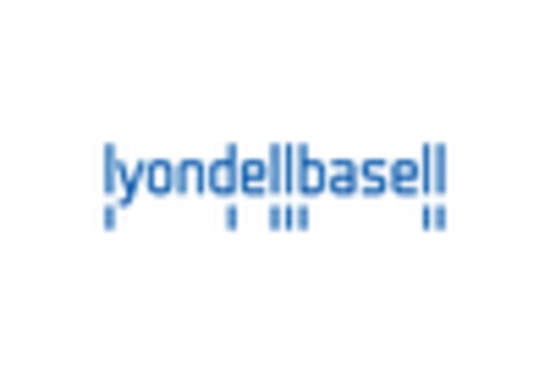
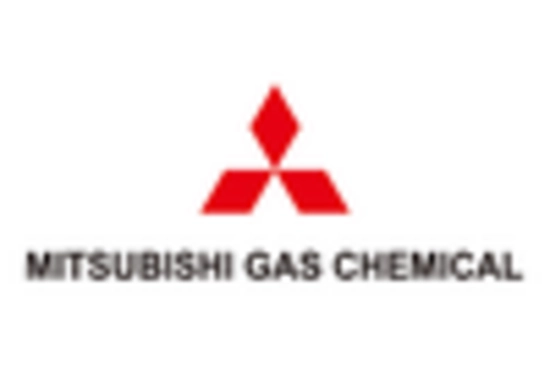
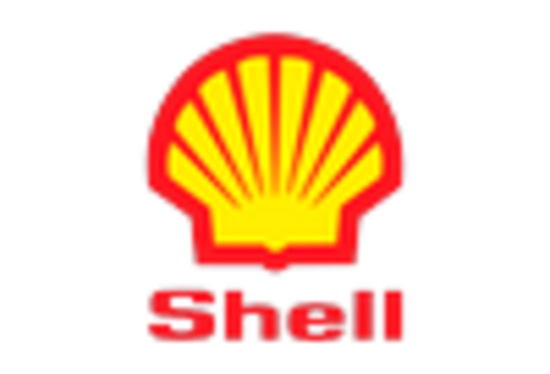
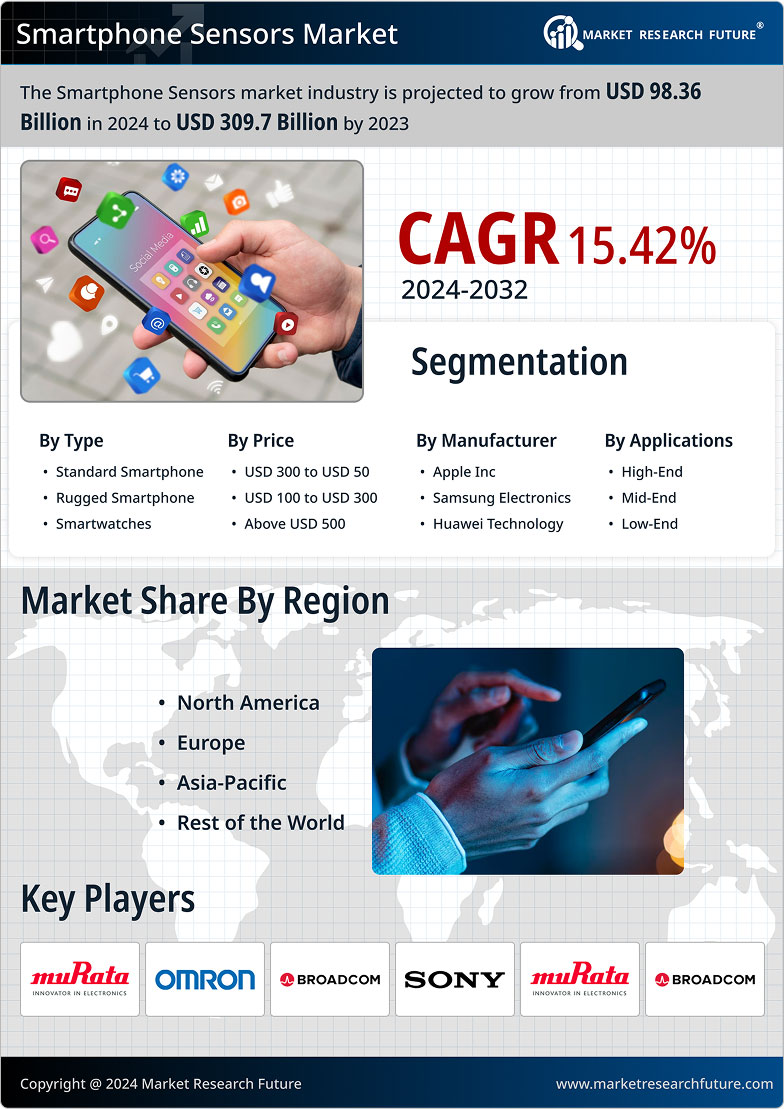








Leave a Comment